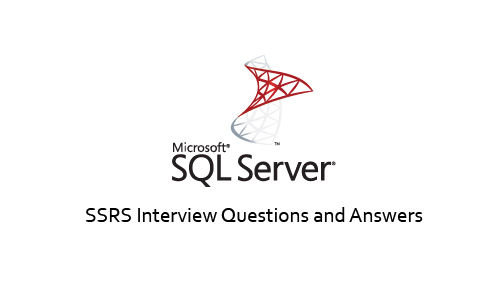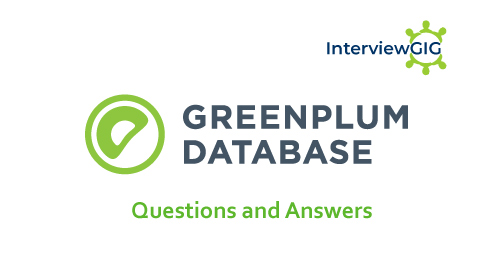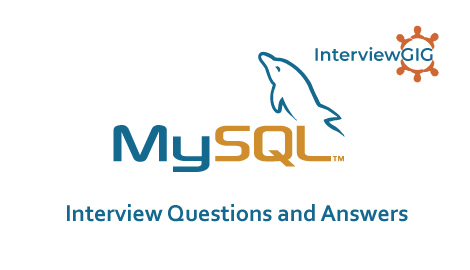CouchDB is document database server accessible through a RESTful JSON API. It is distributed, robust, incremental replication with bi-direction. It is schema-free with flat address space. It supports master-master setup with automatic conflict detection.
CouchDB is written in Erlang. It is a concurrent, functional programming language maily focus on fault tolerance.
CouchDB early work was started in C++. But later it was replaced by Erlang OTP platform.
CouchDB is not a relational database. Some people think that it is a replacement of relational database but it is totally different from SQL databases. It is fast, efficient and fault tolerant.
CouchDB is very popular now a day and there are many companies using CouchDB.
Similarity between MongoDB and CouchDB:
- MongoDB and CouchDB both are document oriented database.
- MongoDB and CouchDB both are the best example of open-source NoSQL database.
JSON Documents: CouchDB stores data in JSON document.
RESTful Interface: CouchDB does all tasks like replication, data insertion etc. via HTTP.
N-Master Replication: CouchDB facilitates you to make use of an unlimited amount of ‘masters’, making for some very interesting replication topologies.
Built for Offline: CouchDB can replicate to devices (like Android phones) that can go offline and handle data sync for you when the device is back online.
Replication Filters: CouchDB facilitates you to filter precisely the data you wish to replicate to different nodes.
There are many reasons behind CouchDB not using Mnesia:
- It provides a storage limitation of 2 gig per file.
- It requires a validation and fixup cycle after a crash or power failure, so even if the size limitation is lifted, the fixup time on large files is prohibitive.
- Mnesia has some useful features but features of Mnesia aren’t really useful for CouchDB.
- Mnesia is not a general-purpose, large scale database. It works best as a configuration type database.
CouchDB uses an “Optimistic concurrency” model. In this model, if you send a document version along with your update, CouchDB rejects the change if the current document version doesn’t match to your sent update.
So you have to re-frame many normal transaction based scenarios for CouchDB. It’s helpful to approach problems from a higher level, rather than attempting to mold Couch to a SQL based world.
CouchDB facilitates developers to write a client side application which interacts directly to the Couch without the need of server-side middle layer. It reduces the time of development and handling replication. Its database is stored locally so the application can run almost no latency. The main objective of CouchDB is to run on the internet applications and the connected devices through which we access the internet.
CouchdbKit provides a framework for your Python application to access and manage Python applications.
No. Views are always read only for databases and their documents.
Most POSIX systems are supported like GNU/Linux and OS X. Windows is not officially supported but it should work.
Sequences are often used to ensure unique identifiers for each row in a database table. Sequences are hard to realize with replication. CouchDB generates unique ids from its own and you can specify your own as well, so you don’t really need a sequence here. If you use a sequence for something else, you might find a way to express in CouchDB in another way.





